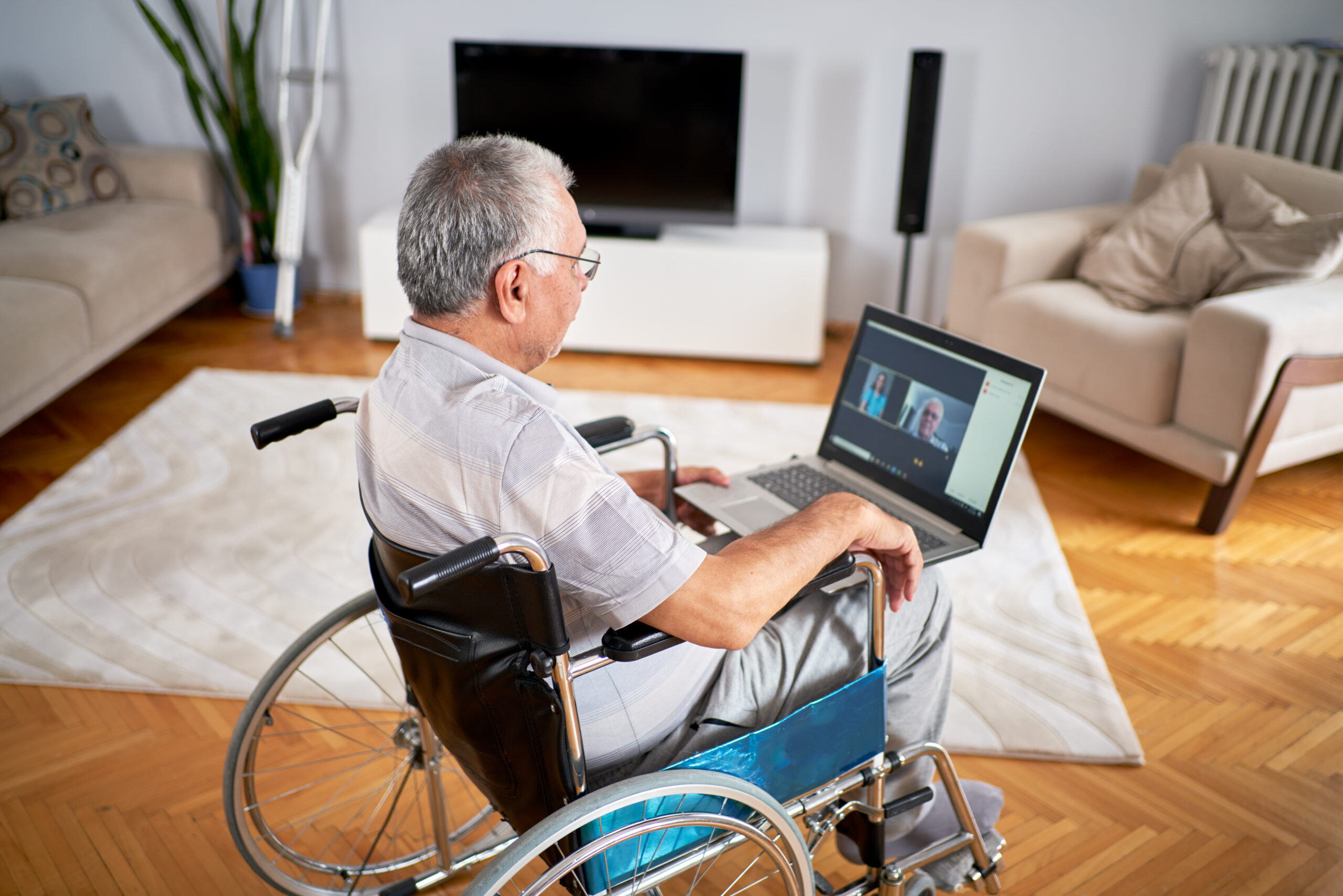Protecting Access To Tele-Stroke Care Is The Key To Advancing Lifesaving Treatment.
With nearly 800,000 people in the United States suffering from a stroke each year, investments in cutting-edge care options are essential. Among these care options are tele-stroke programs, providing specialized treatment through telehealth. These programs have become popular and are shown to be successful, according to one study published by JAMA Neurology, telemedicine improves outcomes for stroke patients by up to 13 percent.
“I began using telehealth services about two months into the pandemic. It has been a game changer for me and my wife. I am not blind, but my vision has not been the same since my stroke and has prevented me from driving for five years. Before telehealth, I needed to rely on my wife, public transportation or community ride services to get to and from routine health appointments.” Said one telehealth patient from Maryland, “I’d say I used to miss 30+% of my appointments for various reasons outside my control causing frustration and unnecessary fees but that’s not the case any longer. Telehealth has saved me time, money and endless frustration trying to coordinate rides to and from routine appointments.”
Tele-stroke has also been a game changer for care systems, with some facilities reporting that with telehealth stroke intervention, hospital transfers have reduced from 50 percent to 15 percent. Through telehealth, paramedics can even alert stroke neurologists and emergency medicine physicians of any stroke risks or flags before the patient even enters the hospital. With mobile tele-stroke stations, providers can enter communities and connect patients to neurologists and stroke care specialists, providing a fast diagnosis for this particularly time-sensitive condition.
“Much of Essentia’s service area includes rural communities that may not have access to a stroke expert. Tele-stroke allows us to offer that access almost immediately, even in rural areas,” said Chelsey Kuznia, RN, SCRN, stroke program manager at Essentia Health-Fargo, DNV Certified Comprehensive Stroke Center.
Paul D. Johnson, MD, who is the Comprehensive Stroke Center director at Intermountain Medical Center calls telehealth interventions for stroke care “a major achievement of both our healthcare systems,” and says “The development and refinement of telestroke systems has dramatically improved stroke care across Utah, helping to reduce disparities of care seen by rural patients.”
Telehealth can support providers in determining accurate and acute stroke treatment plans, and through tele-stroke treatment, care specialists have reported that 11 times more patients are receiving vital stroke care within 60 minutes compared to traditional, in-person treatment. With new technology such as machine-learning-based software, tele-stroke can analyze helpline calls from stroke patients and assist providers in diagnosis and immediate treatment plans.
Mary Blackburn, Chief Clinical Officer and VP for Care Innovation says, “I think the (telehealth) stroke care is life changing. We know that in rural areas, the life expectancy is shorter. When you look at what those causes of death are — stroke, COPD, and heart failure — those are the diagnoses that create that difference. We can intercede with stroke, with having access to telemedicine. We have one neurologist who cannot be there 24-7, but teleneurology can.”
Further, tele-stroke programs are beneficial for several related disabilities that stroke victims face, such as mobility challenges, the need for expensive, specialty equipment to access clinic spaces, and transportation needs. By bringing care directly to those in need tele-stroke operations can deliver treatment faster, resulting in better outcomes.
Telehealth access for stroke care has been life-changing and life-saving for many. To protect this access and improved outcomes, Congress must permanently protect access to virtual care for the millions who rely on it, without onerous restrictions.
Learn more about how Congress can act now to safeguard access to telehealth HERE.

